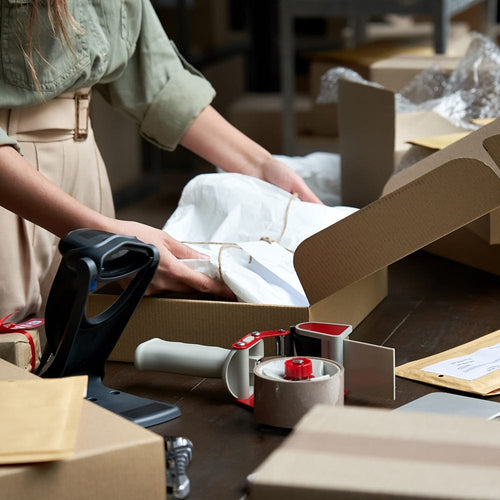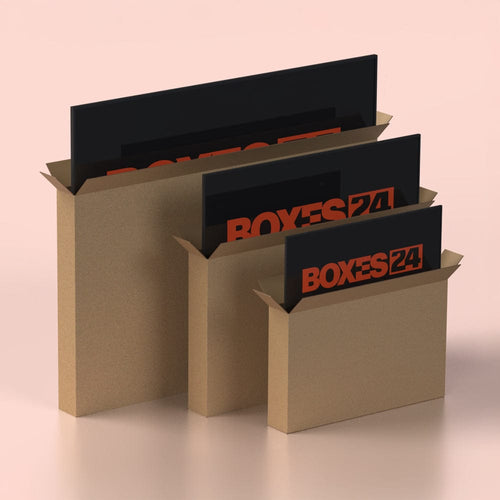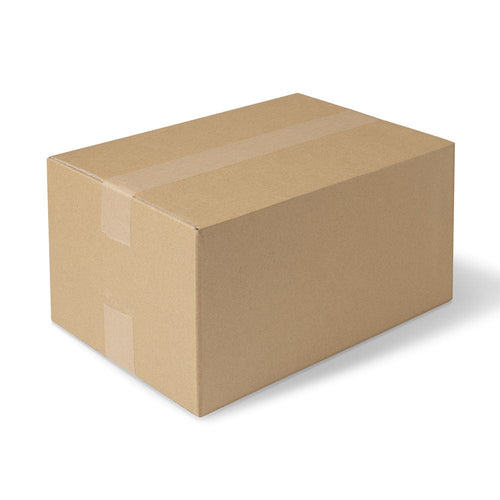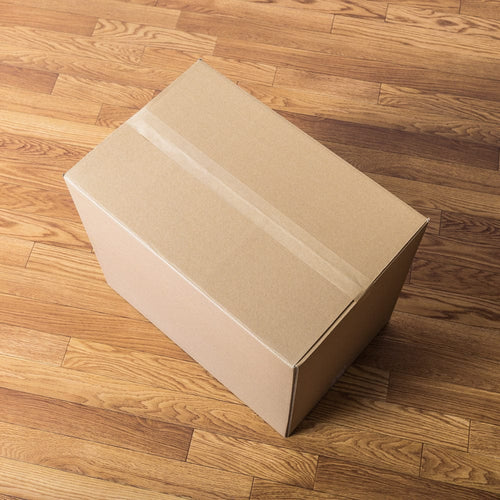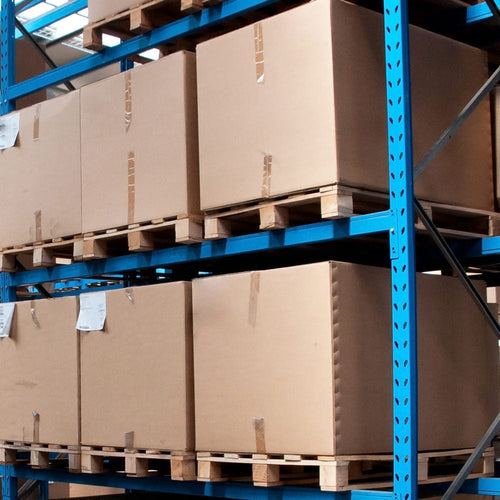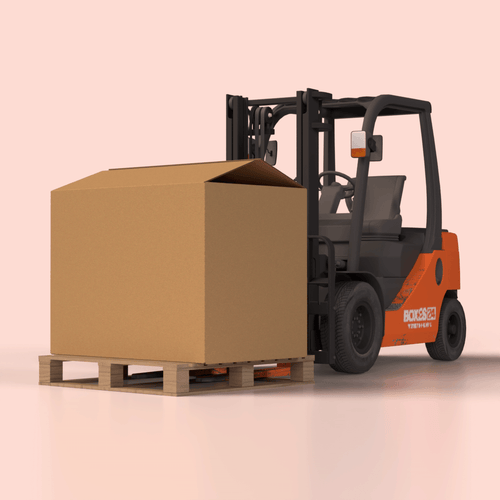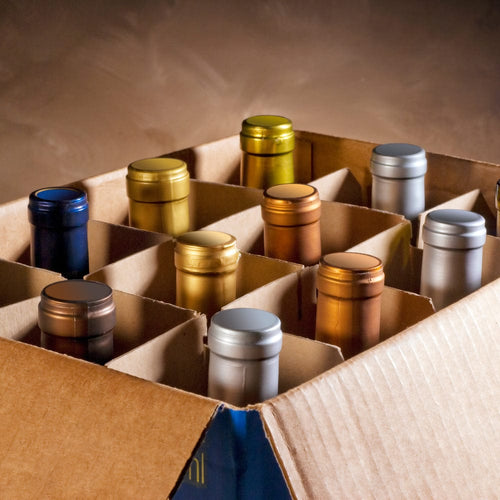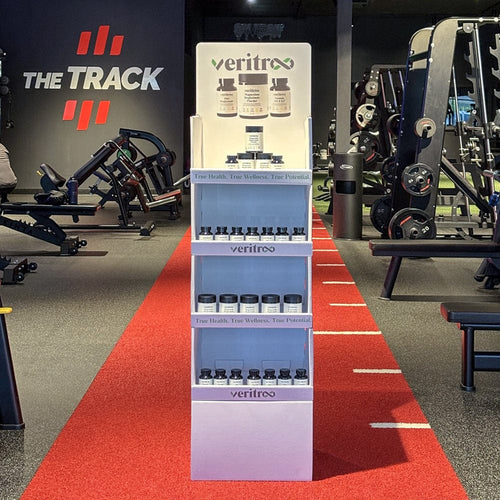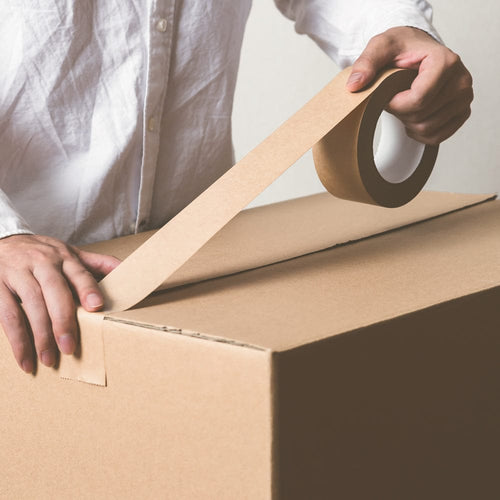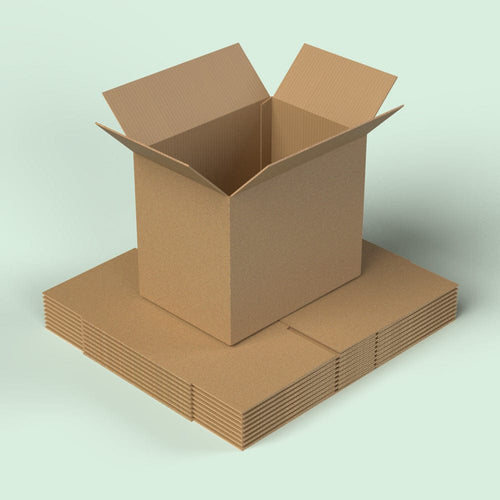Moving is a big transition, whether relocating a house, office, or commercial space. It’s exciting, but it can quickly become overwhelming without proper planning. From packing fragile items to organising logistics, every step requires careful coordination. Without a structured moving checklist, you might find yourself scrambling to locate important belongings, facing unexpected delays, or struggling to set up your new space efficiently.
A well-planned move isn’t just about getting your items from one place to another—it’s about ensuring everything arrives safely, unpacking is smooth, and you can settle into your new space without unnecessary stress. This guide will take you through every phase of the move, helping you streamline the process, protect your belongings, and make the transition as easy as possible.

Key things to keep in mind before moving
Before packing a single box, several factors must be considered that can make or break your move. Addressing these details in advance prevents last-minute complications and ensures a stress-free moving day.
Set your moving date & plan early
Your moving date sets the timeline for everything else. Whether it’s a house move, office relocation, or commercial move, locking in your date early allows you to book moving services, notify relevant parties, and organise your packing schedule.
If you’re moving house, this means confirming lease agreements or real estate transactions, arranging utility transfers, and notifying schools or workplaces of the change.
For office relocations, coordination with building management is essential. Many commercial properties require advance notice for moving large furniture or using freight elevators. Some even have restrictions on moving hours, which could impact your schedule if you’re unaware of them.
Book a moving company or arrange transport
One of the biggest mistakes people make is assuming they’ll be able to find a moving company last minute. Reliable movers book up fast, especially during peak seasons. If you’re moving on your own, securing a moving truck in advance ensures you get the right size for your needs.
For any large-scale commercial moves, logistics planning is key. If you’re relocating warehouse stock or large office setups, you may need special equipment like forklifts or specific boxes. Make sure you have the right transport and personnel in place to handle these items safely.
For residential moves, the size of your home impacts the number of trips you’ll need to make. A small apartment might only require a van, while a multi-bedroom home will likely need a larger moving truck.
Gather quality packing materials
Many people underestimate the importance of using the right packing boxes. Low-quality boxes can break under pressure, and a lack of proper padding can lead to damaged items.
For home moves, this means using sturdy moving boxes for books and kitchenware, bubble wrap for fragile items, and wardrobe boxes for clothing.
For offices, secure anti-static wrapping for computers, file boxes for paperwork, and reinforced crates for heavy equipment.
If you prefer an eco-friendly move, consider renting plastic moving boxes or using recycled materials. Many moving companies offer sustainable packing solutions, which can help reduce waste.

Declutter before packing
Packing without decluttering first creates extra work. Instead of transporting everything you own, take time to go through each room and decide what to keep, donate, or discard.
For house moves, sort through your wardrobe, kitchen, and storage spaces to remove unused items. Use this time to check for perishable food and make sure it’s eaten before the move.
For office relocations, this is a great opportunity to dispose of outdated files, upgrade furniture, or digitise paperwork.
Check the weather before moving day
Many people overlook checking the weather before moving day, but it can significantly impact the process. Rain or extreme temperatures can affect how you transport furniture, electronics, and other sensitive items.
For office and retail moves, weather conditions can impact loading and unloading schedules, especially if you don’t have covered loading docks or storage areas. If moving in bad weather is unavoidable, waterproof coverings, non-slip mats, and extra help with loading can prevent damage and accidents.
Keep important documents safe
Losing track of medical records, real estate contracts, insurance policies, or work documents can create major setbacks. Keep these in a clearly labelled, easy-to-access folder, separate from your packed boxes.
In any big move, ensuring access to legal documents, lease agreements, and security credentials is crucial to avoiding disruptions in business operations.

Phase One: Preparation
4-6 weeks out
Confirm your moving services
Booking a moving company well in advance prevents last-minute price surges and availability issues. If handling the move yourself, reserving a moving truck or arranging for friends and family to help ensure you have the right resources for the job.
Confirming logistics with building management is crucial, especially in a commercial space. Some offices and warehouses require insurance paperwork from moving companies, so checking these details ahead of time can prevent delays.
Start packing non-essential items
Packing in stages makes everything more manageable. Start with items you don’t use daily, such as seasonal decorations, books, and guest room furniture.
Label every cardboard box clearly with its contents and destination room. This makes unpacking far easier when you arrive at your new location.

Phase Two: Packing Smart
2-4 Weeks Out
Start with non-essential items
Packing little by little makes the process less overwhelming. Start with items you don’t use daily, such as books, seasonal clothing, and decorative pieces. Packing in phases keeps things organised and prevents a last-minute scramble.
Use the right boxes for different items
Packing efficiently can prevent damage and make moving easier.
-
Smaller, reinforced boxes work best for heavy items such as books and kitchenware.
-
Larger boxes are ideal for lightweight but bulky items such as pillows or bedding.
-
Wardrobe boxes make it easy to transport hanging clothes.
-
Protective wrapping and padding are essential for fragile items like glassware and electronics like your computers, monitors and filing cabinets.
Packing heavy items at the bottom of boxes and lighter items on top will help keep things balanced.
Label everything clearly
A simple but effective labelling system prevents confusion when unpacking. Write the contents and destination room on each box so that movers or helpers know where to place things. Using colour-coded stickers or numbered boxes with a corresponding list can make unpacking even more efficient.

Phase Three: Final Preparations
1-2 Weeks Out
Confirm all arrangements
As the moving day approaches, double-check that everything is in order. Confirm your movers or transport and verify any necessary access permissions for loading and unloading. Transfer your utilities and set them up before you arrive.
Update security and access codes when moving into an office building or retail space.
Pack the last of your belongings
With a moving day just around the corner, it’s time to pack up everything except for daily essentials. Pack kitchen items, frequently used electronics, and toiletries last. Take apart and secure any pieces of furniture for easy transport.
Prepare a moving day kit
A separate moving-day kit with essentials will make the transition smoother. This should include:
-
A toolkit for minor assembly or adjustments
-
Phone chargers and power strips
-
Basic cleaning supplies
-
Snacks and bottled water
-
Any important documents needed for the move

Phase Four: Moving Day
Supervise the loading process
Having a loading plan ensures that items are packed securely and in the right order. Heavier boxes and furniture should go in first, with fragile and high-priority items placed in a way that allows for easy access upon arrival.
Before leaving the old location, do a final walkthrough to check for any forgotten belongings. Closets, drawers, and storage spaces are easy to overlook.
Unloading and placement
Once at the new space, placing boxes in the correct rooms right away makes unpacking easier. Properly labelling everything speeds up this step.
If furniture needs reassembling, prioritising key pieces such as beds, desks, and seating areas will help make the space feel functional sooner.

Phase Five: Unpacking and Settling In
Start with the essentials
Unpacking everything at once can be overwhelming, so focus on high-use areas first. Set up the kitchen, bedrooms, and bathrooms first to create a comfortable living or working environment.
If your employees are returning the next day, make sure the important parts are operational to minimise downtime.
Tackle one room at a time
Rather than unpacking everything at once, focus on one area at a time to stay organised. Start with essential spaces like bedrooms, kitchens, and other high-use areas before moving on to decorations and storage.
Create a clear organisational plan for unpacking warehouse stock or inventory to prevent confusion and ensure proper storage.
Dispose of packing materials responsibly
After unpacking, you’ll likely have a pile of cardboard boxes, bubble wrap, and packing materials. Instead of throwing them away, consider reusing, recycling, or donating moving supplies to someone else who needs them. Many online communities offer platforms for people to give away free moving boxes.
Final address updates and setup
Update your address with banks, subscriptions, and government agencies as soon as you settle in to ensure a smooth transition. If you're moving into a new neighbourhood or workspace, notify clients, suppliers, and service providers about your new location. Double-check that your website, Google Maps, and official documents reflect the updated address to prevent any confusion.

Make the move a success with Boxes 24
A smooth move starts with the right preparation, smart organisation, and a reliable moving checklist. Whether you’re packing up a home, relocating an office, or managing large-scale transport, having strong, purpose-built boxes makes all the difference.
With durable packing solutions, you can pack faster, protect fragile items, and stay organised from start to finish. No more last-minute scrambling or damaged goods—just a seamless, stress-free move.
At Boxes 24, we’ve got high-quality moving boxes and supplies designed for every type of relocation. Don’t leave your move to chance—get the right materials and move with confidence.
Shop our range of moving boxes today or contact our team to get packed the right way!















